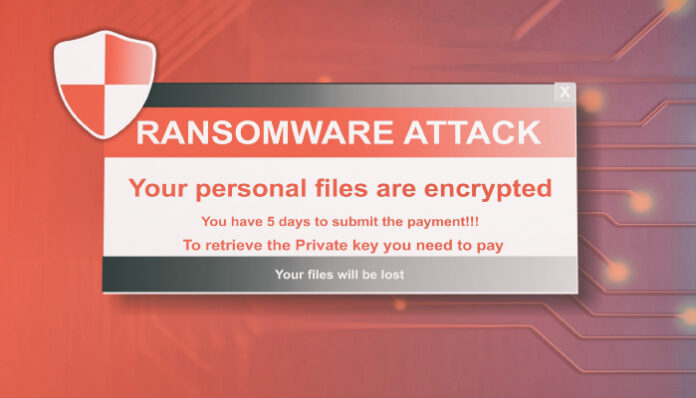Security professionals and business leaders are growing increasingly worried about ransomware over time. This is because the attack surface is now considerably more complex and extensive than it was a decade ago, and the pandemic has accelerated it.
The past year has shown security professionals that no firm is safe from ransomware attacks. Colonial Pipeline, Kaseya, and JBS Foods were just a few of the major enterprises that fell victim to ransomware in 2021 alone, making global headlines and disrupting business.
According to the Verizon Business 2022 Data Breach Investigations Report, ransomware increased over the past year by 13%, which is a rise greater than the previous five years put together, with no sign of it going down in the future.
Businesses must operate under the presumption that they will eventually become ransomware victims. When that occurs, the ability to maintain business continuity with little data loss or disturbance is just as important as recovering, identifying, and securing data. The objective is to reduce downtime to a minimum.
Here are a few strategies to minimize data loss and ensure business continuity following a ransomware attack:
Regularly Release Patches
Before focusing on anything else in their protection and defense strategy, companies must first ensure they have the core security basics in place. When reviewing the fundamentals, it’s crucial to consider how well patched the infrastructure is. The ability of a business to continue operating during an attack, in particular, could be impacted if regular patching is not done.
A successful patching strategy should ensure that a company can continue operating even during critical patch updates. Strong automation tools will also be included to respond fast and effectively to any patches that need to be applied immediately. Automation can help organizations remain on top of all the latest available patches and the vulnerabilities to watch out for, which may make a huge difference in operations and prevention.
Visibility is Crucial for Continuity
In order to effectively defend an enterprise in the event of an attack, security professionals must be able to see everything. When under attack, visibility is a vital component of business continuity. Because of this, it’s essential to create a top-notch inventory and view of everything the enterprise has deployed in its environment.
When one considers the level of noise security professionals deals with every day, visibility becomes incredibly challenging to attain. Overwhelmed and exhausted security professionals may gradually lose their sense of urgency because of too much noise, which may lead them to ignore the open entry point that could result in the next ransomware attack. The threat environment is becoming complex, and humans alone will not be able to stop this – technology is crucial for establishing maximum visibility.
Leveraging XDR
Extended Detection and Response (XDR) has the perfect opportunity to show the Security Operations Center (SOC) and the business at large how valuable it is during ransomware attacks.
Defenders have a superior signal-to-noise ratio with XDR, enabling them to respond to serious threats more quickly. Automation allows XDR to free up humans, or the front-line security experts, to focus on the real threats. This is essential during a ransomware attack to ensure that a company can resume operations as soon as possible.
Also Read: How SOC Automation Solutions Can Address Complexity and Boost Performance
However, it’s crucial to keep in mind that true XDR requires endpoint and network visibility. Organizations have long struggled to collect telemetry from the endpoints and the network, and true XDR can only be unlocked by having insight into each packet across all access points.
IT leaders and their security teams need to be prepared before they become victims of the next ransomware attack. By following the best practices mentioned above, enterprises can be in a better position to reduce data loss and ensure business continuity in the event of such attacks.
For more such updates follow us on Google News ITsecuritywire News. Please subscribe to our Newsletter for more updates.









